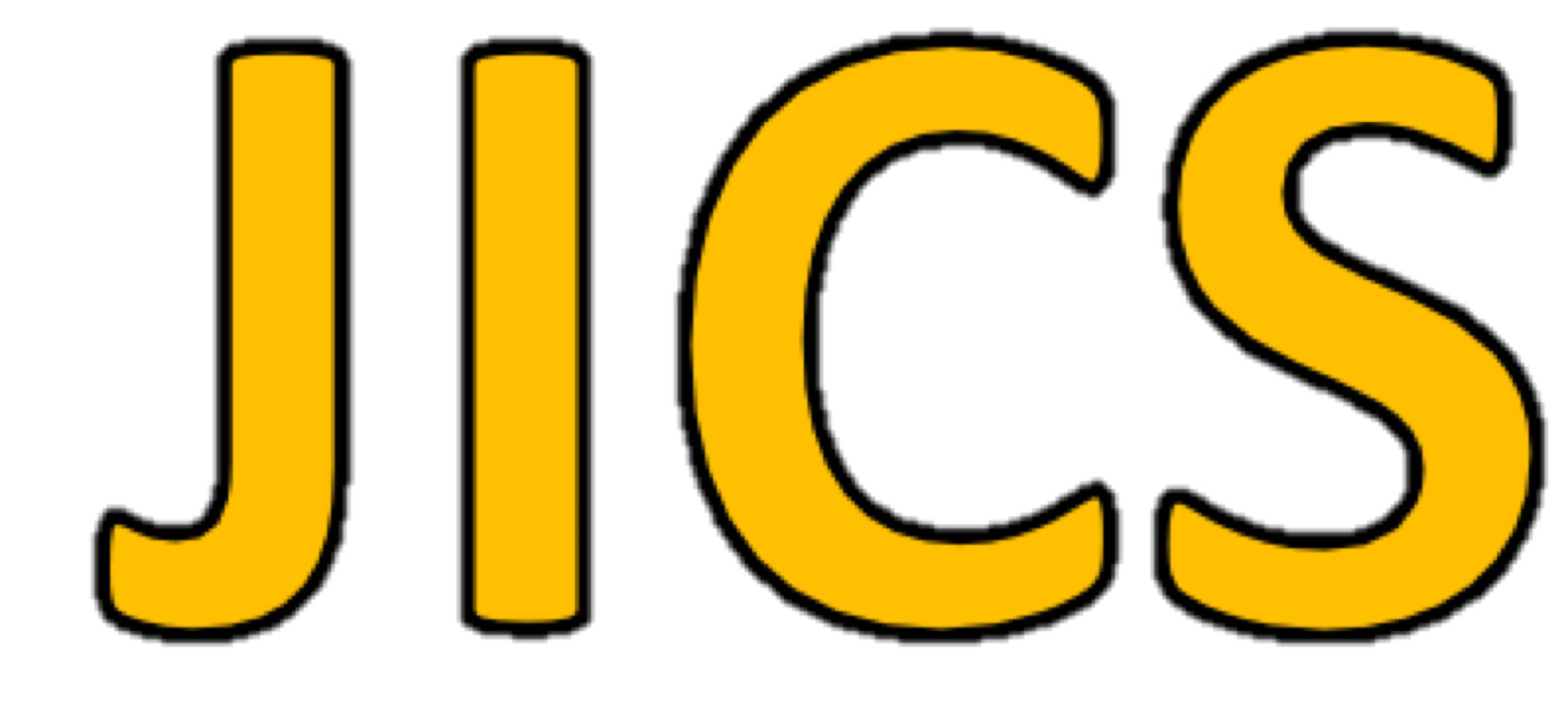Automatic Target Recognition Study using Knowledge Graph and Deep Learning Models for Text and Image data
Jongmo Kim, Jeongbin Lee, Hocheol Jeon, Mye Sohn, Journal of Internet Computing and Services, Vol. 23, No. 5, pp. 145-154, Oct. 2022
Keywords: Automatic Target Recognition, Text-image Graph Conversion, Graph Entity Alignment, Knowledge Graph-based Target Recognition
Abstract
Statistics
Show / Hide Statistics
Statistics (Cumulative Counts from November 1st, 2017)
Multiple requests among the same browser session are counted as one view.
If you mouse over a chart, the values of data points will be shown.
Statistics (Cumulative Counts from November 1st, 2017)
Multiple requests among the same browser session are counted as one view.
If you mouse over a chart, the values of data points will be shown.
|
|
Cite this article
[APA Style]
Kim, J., Lee, J., Jeon, H., & Sohn, M. (2022). Automatic Target Recognition Study using Knowledge Graph and Deep Learning Models for Text and Image data. Journal of Internet Computing and Services, 23(5), 145-154. DOI: 10.7472/jksii.2022.23.5.145.
[IEEE Style]
J. Kim, J. Lee, H. Jeon, M. Sohn, "Automatic Target Recognition Study using Knowledge Graph and Deep Learning Models for Text and Image data," Journal of Internet Computing and Services, vol. 23, no. 5, pp. 145-154, 2022. DOI: 10.7472/jksii.2022.23.5.145.
[ACM Style]
Jongmo Kim, Jeongbin Lee, Hocheol Jeon, and Mye Sohn. 2022. Automatic Target Recognition Study using Knowledge Graph and Deep Learning Models for Text and Image data. Journal of Internet Computing and Services, 23, 5, (2022), 145-154. DOI: 10.7472/jksii.2022.23.5.145.

